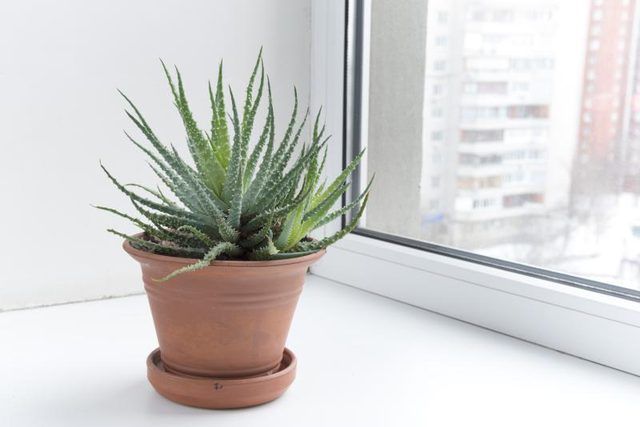Bulbs
Flower Basics
Flower Beds & Specialty Gardens
Flower Garden
Garden Furniture
Garden Gnomes
Garden Seeds
Garden Sheds
Garden Statues
Garden Tools & Supplies
Gardening Basics
Green & Organic
Groundcovers & Vines
Growing Annuals
Growing Basil
Growing Beans
Growing Berries
Growing Blueberries
Growing Cactus
Growing Corn
Growing Cotton
Growing Edibles
Growing Flowers
Growing Garlic
Growing Grapes
Growing Grass
Growing Herbs
Growing Jasmine
Growing Mint
Growing Mushrooms
Orchids
Growing Peanuts
Growing Perennials
Growing Plants
Growing Rosemary
Growing Roses
Growing Strawberries
Growing Sunflowers
Growing Thyme
Growing Tomatoes
Growing Tulips
Growing Vegetables
Herb Basics
Herb Garden
Indoor Growing
Landscaping Basics
Landscaping Patios
Landscaping Plants
Landscaping Shrubs
Landscaping Trees
Landscaping Walks & Pathways
Lawn Basics
Lawn Maintenance
Lawn Mowers
Lawn Ornaments
Lawn Planting
Lawn Tools
Outdoor Growing
Overall Landscape Planning
Pests, Weeds & Problems
Plant Basics
Rock Garden
Rose Garden
Shrubs
Soil
Specialty Gardens
Trees
Vegetable Garden
Yard Maintenance
How to Care for an Aloe Plant
How to Care for an Aloe Plant. To most people, aloe means the familiar "burn plant" (Aloe vera), but it is only one member of a large genus of plants with rosettes of succulent leaves and spikes of tubular or bell-shaped cream, yellow, orange or red flowers. Native to Africa and the Middle East, aloes (Aloe spp.) can be used as easy-care...

To most people, aloe means the familiar "burn plant" (Aloe vera), but it is only one member of a large genus of plants with rosettes of succulent leaves and spikes of tubular or bell-shaped cream, yellow, orange or red flowers. Native to Africa and the Middle East, aloes (Aloe spp.) can be used as easy-care landscape plants in U.S. Department of Agriculture plant hardiness zones ranging from 8 to 12 or as houseplants elsewhere. They vary in size from the 2-inch Descoing's aloe (Aloe descoingsii), which grows in USDA zones 10 through 12, to the 70-foot tree aloe (Aloe bainesii), which grows in USDA zones 9 through 11.
Water Your Aloe Sparingly
Because they store water in their leaves, aloes don't need much watering once established in the ground outdoors. In dry climates, you may need to water them once every two weeks to once a month during the summer. An aloe confined to a pot needs more watering. It will need water about once per week during the summer, and once every other week for the rest of the year -- or whenever its soil feels dry 2 inches down. If the potted plant is exposed to lower temperatures in winter, limit its water to once a month during that time.
Fertilize Your Aloe Lightly
Aloes in the ground get all the nutrients they need from the soil, unless they are growing in pure sand. If you think your plant looks malnourished, try feeding it once every two weeks during spring and summer with an organic liquid seaweed, such as 0-0-1 formula, mixing 2 tablespoons of the concentrate with each 1 gallon of water, or according to label rates. Fertilize your potted plant once a month from spring through fall with a liquid cactus fertilizer, such as 2-7-7, using 10 drops diluted in 1 quart of water. Increase that to 20 drops, if you have moved the plant outdoors for the season. Donít fertilize an aloe during winter.
Protect Your Aloe Diligently
Although aloes aren't often bothered by pests or diseases and shouldn't be pruned, they can develop root rot in soggy soil. To prevent this problem, place an outdoor aloe in sandy or gravelly ground, in a raised bed or at the top of a slope. Keep a potted aloe almost root bound in a potting soil formulated for cactus and succulents. If you tend to overwater your plants, place your aloe in the Desert Botanical Gardenís mix of 4 parts cactus potting soil, 2 parts pumice and 1 part grit or silica sand. As an alternative, use Made in Afrikaís suggested combination of equal parts cactus potting mix and finely crushed limestone. When repotting your aloe, make sure its roots occupy at least two-thirds of the space in the new pot, and don't water the plant until about a week after it has settled into its new container. Make sure to use a container with bottom drain holes. Its other enemy is cold. Although some aloes can take temperatures slightly below freezing, you should cover even the hardiest when temperatures threaten to fall below 25 degrees Fahrenheit. Use porous materials, such as frost blankets, regular blankets or sheets -- not plastics.
Light Your Aloe Carefully
Determining how much light aloes need can be difficult, because some sources recommend full sun while others endorse bright, indirect light or anything in between. Different aloes have different requirements, depending on their size and where they come from. The tree aloe, for example, prefers full sun, while Descoing's aloe is frequently shaded by grasses in the wild and can get by on bright, indirect light. Many others, such as aloe vera, which grows in USDA zones 8 through 11, should get partial sun. If you canít determine what your particular aloe prefers, try placing it where it will receive sunlight in the morning and shade during the afternoon. A general rule of thumb is that larger-growing aloes need more sun than the smaller varieties.